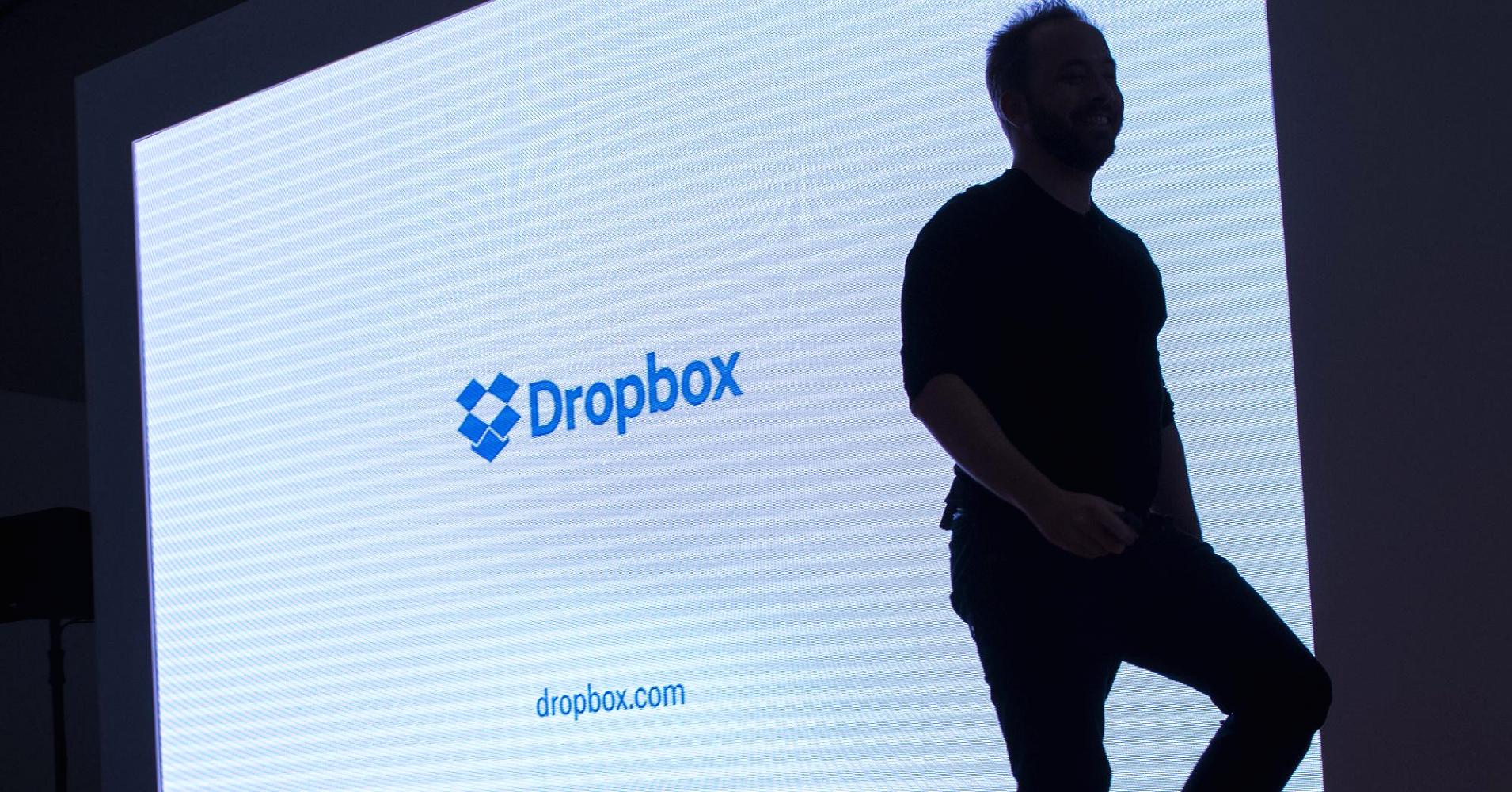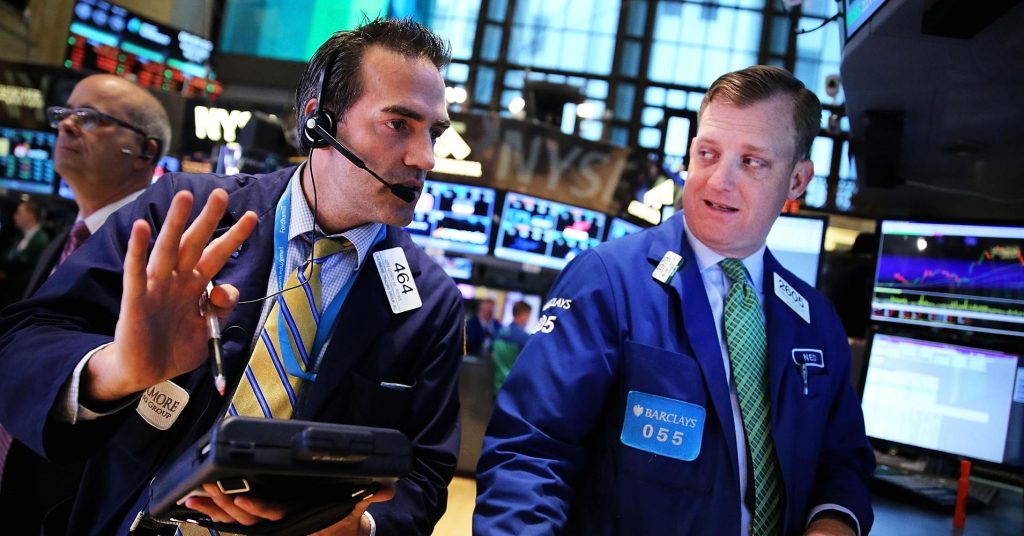
In 2016, Dropbox made a big announcement when it turned free cash flow positive — an important metric that shows a company has a strong financial position. But Dropbox’s milestone may have been, in part, overstated with the help of some financial engineering.
A closer look at its financial statement shows the online storage company’s free cash flow would have remained negative that year had it followed a more conservative accounting method shared by some of its main competitors.
That’s because Dropbox didn’t include principal payments for its capital leases in its free cash flow statement. If Dropbox had accounted for the $139.5 million in capital and financing lease payments in 2016, it would have recorded negative $2.1 million in free cash flow that year — instead of the $137.4 million positive free cash flow it disclosed. Its free cash flow for 2017 would have been $169.7 million under this method, almost half of the $305 million it disclosed in its filing.
To be clear, there’s nothing legally wrong with Dropbox’s accounting method. Free cash flow is a non-GAAP measure, so companies have latitude in how they define it. The conventional rule followed by most companies, including Dropbox, is to strip out capital expenditures from operating cash flow.
But when capital lease payments (which come out of financing cash flows under GAAP rules) are a material part of the business, some companies include it in their free cash flow calculations for added transparency and relevancy. Box says it does in its filing, while Amazon provides it as a supplement. Even Dropbox’s smaller competitor Egnyte does include it, the company said.
The fact that Dropbox, which is scheduled to go public this week, excludes capital lease payments from its free cash flow should give investors a “pause” when valuing the company, according to Patrick Badolato, an accounting professor at the University of Texas.
“Dropbox’s current free cash flow statement isn’t very informative given that they have these material capital leases,” Badolato said. “It neither depicts their current situation nor helps us predict the future.”
Instead, Badolato believes free cash flow that includes capital lease payments is a much more relevant and predictive measure in Dropbox’s case. The company is on the hook for at least $108 million in capital lease payments this year, according to filings, and will likely see it grow in future years if it wants to keep expanding its data center footprint, Badolato said.
Rishi Jaluria, an analyst at D.A. Davidson, who also wrote in a note last month that Dropbox “overstates” its free cash flow balance, said it’s in the company’s best interest to inflate its free cash flow numbers as the current market looks for a combination of healthy free cash flow margins and strong revenue growth when going public.
“Combining high growth with healthy free cash flow margins is what Dropbox is aiming for, and essentially trying to get investors sold on,” Jaluria said.
Dropbox at least seems to acknowledge this discrepancy. In a public filing last month, Dropbox pointed out “limitations” to its free cash flow metric because of this reason, saying it may not be as useful for “comparative” measures:
“Some of the limitations of FCF are that FCF does not reflect our future contractual commitments, excludes investments made to acquire assets under capital leases, and may be calculated differently by other companies in our industry, limiting its usefulness as a comparative measure.”
The growth in Dropbox’s free cash flow was largely driven by its decision to move off of Amazon’s cloud service and bring substantial parts of its infrastructure in-house in 2016. The move allowed Dropbox to shift a big chunk of its data center costs to capital leases as it rents most of the servers and networking equipment.
Jaluria said the question comes down to what is really “free” from a company’s cash flow after stripping out all the cash outflows that are needed to run the business. For Dropbox, leasing servers and networking equipment for its data centers is a major part of maintaining and growing its business.
“The debate out there is going to be, is cash used for capital lease statements really ‘free’ or not, and I think the answer is ‘no,'” he said. “I think investors do have to pay attention to what ‘real’ free cash flow is and think about that when they’re valuing Dropbox.”
John Spaid, EVP of finance at National Health Investors, said lease arrangements have always been an area open to “financial engineering” because of the complexity and constant changes in GAAP rules around it. Starting in 2019, for example, most leases will have to be treated as capital leases, which will cause most companies to adjust their accounting methods.
“The more complex GAAP becomes, the less transparent the earnings on some companies become,” he said. “There’s no easy solution to lease accounting except continuing to shine a bright light on the various ways companies use the mechanism in their financial engineering strategies.”
Even with the improved free cash flow, Dropbox may be in a much more dire cash situation, Badolato said. He notes Dropbox has no new capital lease commitments after 2021, but believes those costs will have to grow after that if the company wants to continue to expand. Its operating lease payments, meanwhile, are back-loaded, and are set to grow to $126 million in 2020. On top of that, Dropbox spent only $25 million in capital expenditures in 2017, an oddly low number and a drop from the previous year’s $115 million.
“Given the nature of technological obsolescence, Dropbox will have to continue to spend far more in cash, if they want to remain in business,” he said.
Jaluria remains bullish on Dropbox, as he gave the company a “buy” rating in a new note published this week. He noted the company’s free cash flow margin is still healthy at 16 percent, even after accounting for the capital lease payments, which is higher than Workday and in-line with Salesforce at the $1 billion revenue mark.
Still, Jaluria said Dropbox will have to give additional disclosure around capital lease payments and free cash flow after it goes public, as they are material enough to the overall business.
“Dropbox would do themselves a disservice if they don’t at least acknowledge that there’s another way to look at free cash flow,” he said. Dropbox did not respond to a request for comment.

